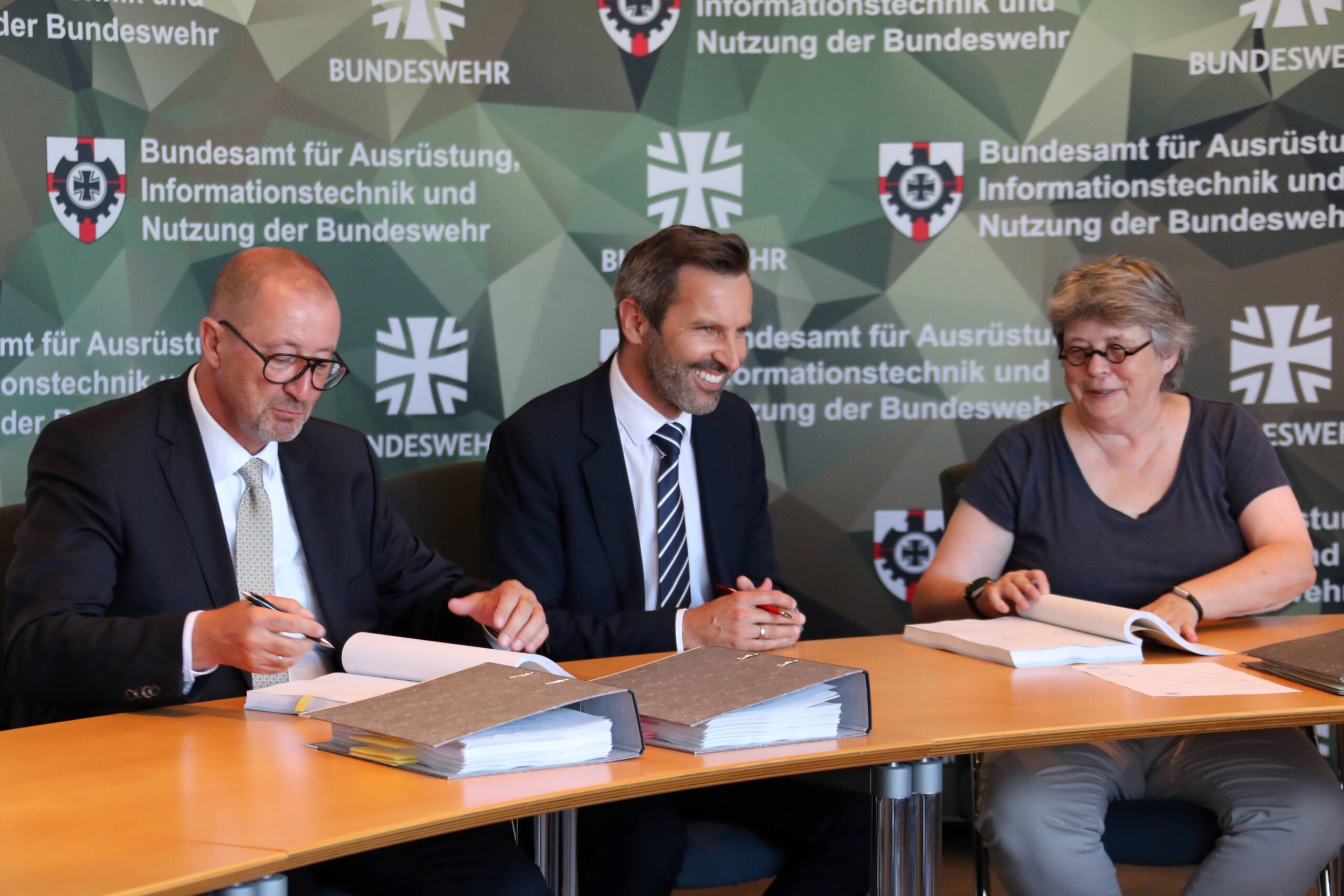Managing Editor Rebecca Spayne of Fire Buyer sits down with Gustavo Lopez, Vice President of Product Strategy at MSA to discuss the future of connected solutions in the fire industry
Can we start by giving an introduction about yourself and a brief background of MSA?
I’m Gustavo Lopez, the Vice President of Product Strategy and Pricing. Essentially, at MSA, my team and I oversee the product strategies for our entire product portfolio, which includes fire service, industrial outfits, and gas detection for the whole organisation. I’ve been with MSA since 2004 and am originally a Computer Electrical Engineer by training. Interestingly, I was the third software engineer at the company, and now we have over 100 employees working on innovative solutions.
Could you provide an insight into how connected solutions are advancing safety in both fire services and the industrial sector?
It’s quite interesting. When we embarked on this journey in the 2010s, technology had adapted and evolved significantly. We’ve capitalised on the fact that in our lives, the world is becoming smarter, consumer electronics are improving, and this technological evolution has made it far more efficient for us to integrate such technology into our connected devices and products. What this is doing is enhancing the data and awareness for both firefighters and industrial workers.
One of our constant focuses as an organisation is to prevent deaths and lost time incidents, and to keep firefighters safe so they can return to their loved ones at the end of their shift. The reality is that achieving this goal is very challenging, if not impossible, by merely providing better gear. We will certainly continue to innovate in self-contained breathing apparatus and fire helmets. There’s a lot that can be done in terms of comfort and how the equipment is worn.
However, to truly fulfil our mission, we need to provide connected solutions. We need to offer the data and insights necessary to understand the dynamics of firefighting, like how to locate a fallen firefighter or how to enable teams to work more effectively and efficiently in various difficult situations, such as a fire. It’s all about the data and insights we can provide, and technology is the key to this.”
Regarding the subject of innovation and the continuous evolution of technology, in what way do you believe that continuous innovation is driving significant change within the safety industry, especially in the context of connected solutions?
Within the realm of connected solutions, we observe its impact frequently. In the fire service, for example, a notable shift is seen in incident management. When dealing with a fire in a large structure requiring deployment of firefighters in various areas, many fire departments still rely on pen and paper. The question is, how do we digitise this process and the information flow? How can we provide the incident commander with better information and insights, enabling them to more effectively direct their teams?
This is where technology plays a vital role. But it’s not just about managing the incident, which can be chaotic; it’s also about what happens afterwards. How can we ensure learning from the experience? What could have been done better? There’s a significant training aspect here, where you can replay the incident for analysis, creating a substantial learning opportunity for both the incident commander and the firefighters.
Another aspect is inventory management. Understanding what happens to equipment during an incident is crucial. It’s about being proactive, not just assuming a piece of equipment like a cylinder will last for 15 years, but rather monitoring how often it’s used and adjusting maintenance procedures accordingly. The reality is that more urban cities like London, New York, or Los Angeles experience far more incidents than smaller municipalities, so the rules are not the same. It’s essential to provide the necessary tools and data so fire departments can manage their equipment more efficiently.
In your opinion, how important is reliability in products for firefighters? And does this make it difficult to innovate?
Yes, and yes! Reliability is absolutely crucial. We cannot pursue technology just for the sake of it, if people are not going to trust it. Our approach to technology development, as I often discuss with our teams, is to take it in steps. We can do almost anything with current technology, but it’s important to have a phased approach. While it’s great to aim for a system that’s tremendously advanced, with AI and other modern features, getting it adopted requires gradual progression…
To read the full interview, download our Dec/Jan issue for free here
Never miss a story… Follow us on:
International Fire Buyer
@Firebuyer
Fire Buyer
Media Contact
Rebecca Spayne Managing Editor, International Fire Buyer
Tel: +44 (0) 1622 823 920
Email: editor@firebuyer.com








